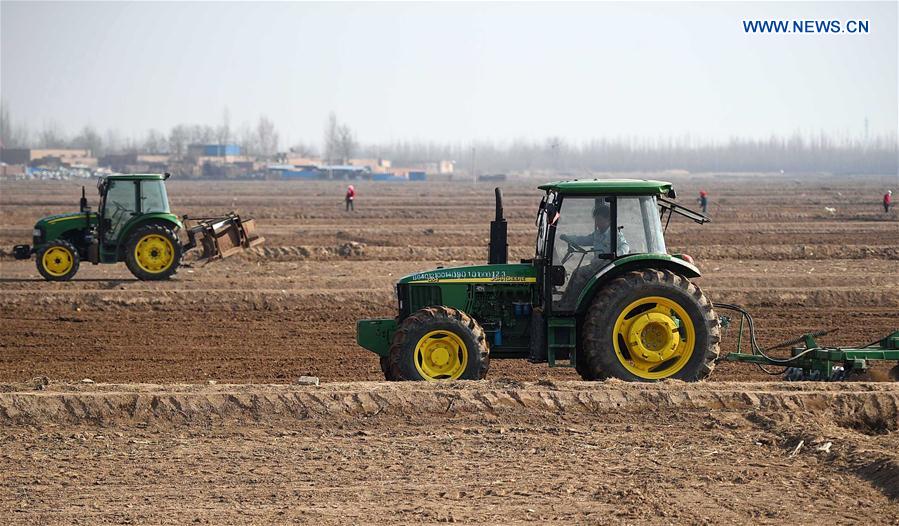China scientists develop diseases and insects resistant rice
A new rice variety, developed with genome-wide breeding chip technology, will be grown in northeast China’s Helongjiang Province, China National Seed Group announced Saturday.
The new variety is expected to be the first disease and insect resistant, and high-yield rice in the country, the company said at the signing ceremony with Rongzhong Capital Investment Group in Wuhan city, central China’s Hubei Province.
“The use of pesticides and chemical fertilizers have caused environmental and food safety problems,” said Zhang Qifa with Chinese Academy of Sciences. “But the genome-wide chip helps develop a new variety to cope with the problem.”
In May 2012, scientists from China National Seed Group, Peking University and Huazhong Agricultural University selected more than 40,000 useful gene markers in countless gene data and developed the first genome-wide breeding chip in the world.
“It helped to improve the diseases and insects resistance of the current rice variety,” said Zhou Fasong, leading scientist at China National Seed Group. “We have been identifying the genes in the past five years, and recently finally developed the new breed.”
The new rice variety will be cultivated in Heilongjing Province in April.
